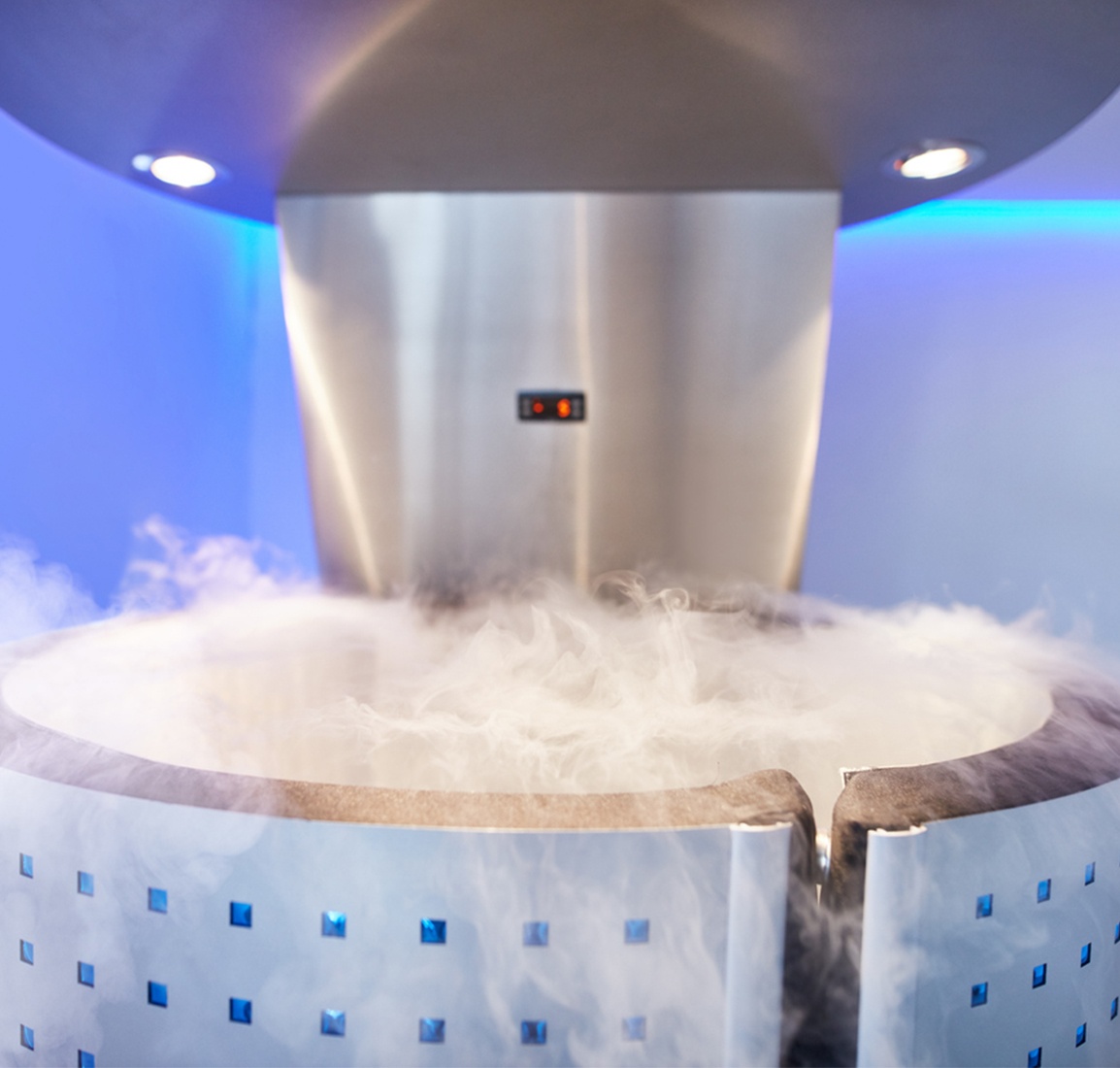
September 9, 2024
Cherry Angioma: Signs, Causes, And Elimination
Cherry Angioma: Signs And Symptoms, Causes, And Removal Cherry angiomas are generally gotten rid of for aesthetic reasons, as cherry angiomas are not an indication of any kind of underlying wellness problems or clinical problems. Many individuals that have cherry angiomas might choose to have them gotten rid of if they are dissatisfied with their aesthetic look. There are times, however, when the removal of a cherry angioma is needed because of irritability or consistent blood loss. Efficient therapy choices for cherry angiomas include the V-Beam laser, cryosurgery, shave excision, IPL, and electrodesiccation.Monitoring And Treatment
- They take place in approximately half of grownups, according to one research study released in American Family doctor.
- These angiomas can also differ in size but commonly grow to be 1-5 millimeters (mm) in size.
- A seasoned board-certified dermatologist like Dr. Michele Environment-friendly in New York City can detect cherry angiomas with a visual examination.
- They may potentially be connected to maternity, exposure to particular chemicals, specific medical conditions, and climate.
Just How Can I Stop Cherry Angiomas From Showing Up On My Skin?
Cherry angiomas look like red or purple developments that are much less than 1cm in diameter. They can take place alone or by the lots and are often spread over any kind of area of the body. Cherry hemangiomas take place extra regularly with raising age. In the past, the sores frequently were described as aged angiomas. This includes freezing the cherry angioma with fluid nitrogen. This therapy might be less effective than others and may leave a mark.This Is How to Get Rid of Those Bright Red ‘Moles,’ According to Dermatologists - The Healthy
This Is How to Get Rid of Those Bright Red ‘Moles,’ According to Dermatologists.
Posted: Mon, 24 Jul 2017 07:00:00 GMT [source]
Can cherry angiomas come to be contaminated?
Hemorrhages and secondary infection may complicate the training Get more info course of distressed lesions, typically needing surgical removal of the irritated angioma. A cherry angioma is a safe overgrowth of blood vessels in the skin because of spreading of the endothelial cells that line the blood vessels.
Social Links